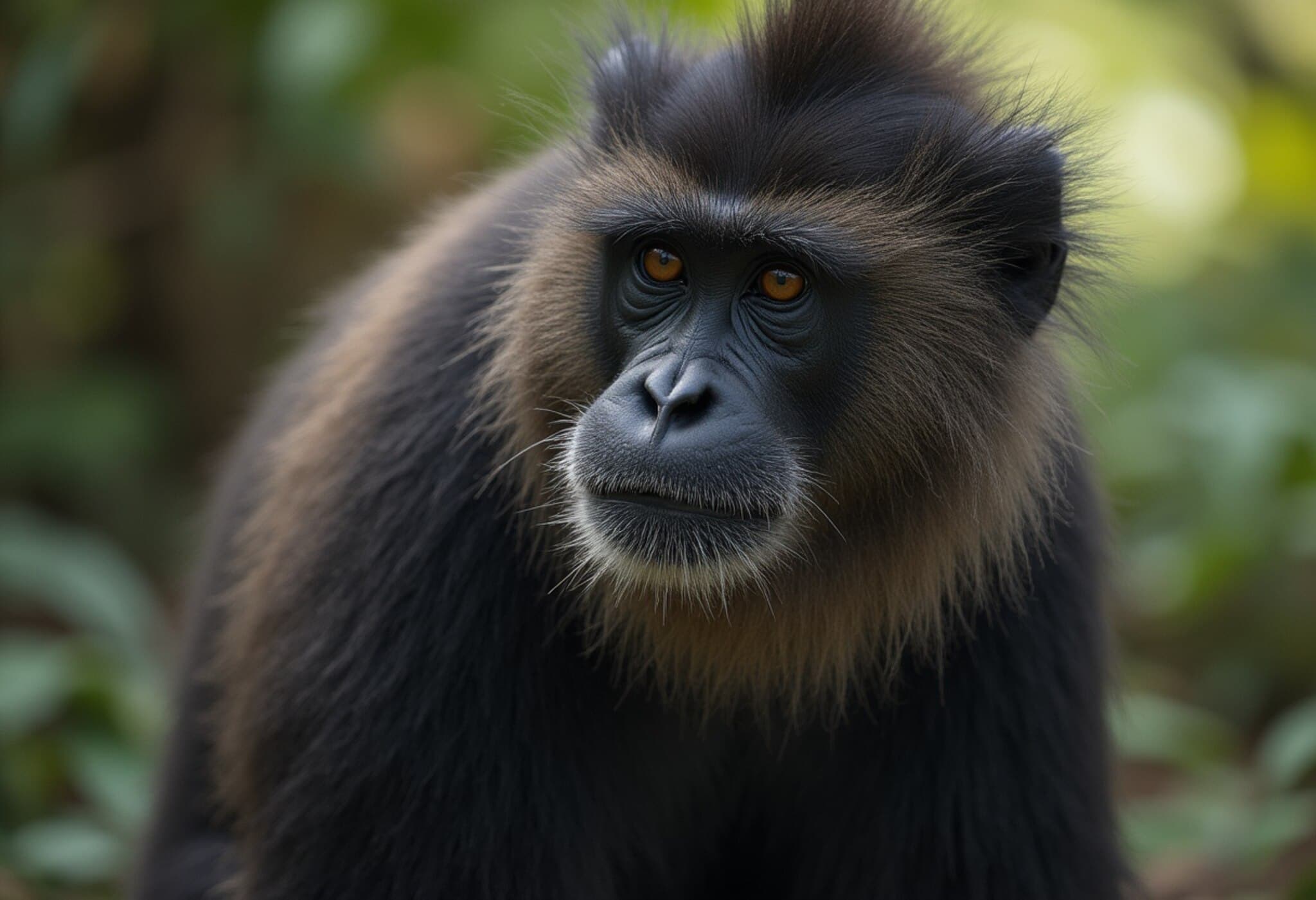Challenging the Alpha Male Myth in Primate Societies
For decades, the image of an alpha male dominating primate groups has permeated popular culture and scientific thought alike. However, a comprehensive new study published in the Proceedings of the National Academy of Sciences (PNAS) disrupts this long-held notion by demonstrating that male dominance is far from universal across primate species. Instead, many primates exhibit female or shared dominance, revealing a far more complex social dynamic than traditionally assumed.
Decoding Power Structures in Primates: A Five-Year Research Endeavor
This landmark research, a collaboration among institutions including the University of Philadelphia, University of Montpellier, German Primate Centre, University of Göttingen, and the Max Planck Institute, meticulously analyzed behavioral data across 121 primate species over five years. Unlike prior studies relying on broad assumptions, the team gathered detailed observations on individual interactions — essentially cataloging who wins fights and asserts control within social hierarchies.
Dieter Lukas, evolutionary biologist and co-author, emphasized the need for granular, individual-level data over sweeping generalizations. This approach unveiled the varied realities of power dynamics, moving beyond the simplistic 'male equals dominance' paradigm.
Key Findings: Male Dominance is the Exception, Not the Rule
- Only 25 out of 151 primate communities exhibited clear male dominance, where males won over 90% of conflicts against females.
- About 16 populations featured female dominance, while the remaining 70% showed no strong dominance by either sex or exhibited subtle power balances.
Elise Huchard, co-author and primatologist, reflected on the surprise element: “Strict male dominance was a minority system. We anticipated less than 20%, but it was even lower than expected.”
Rethinking Power: Beyond Physical Strength to Reproductive Control
The study illustrates that dominance isn't solely about force. In many primate groups, females wield power through controlling reproduction — a form of leverage that physical strength alone can't overcome. Huchard explains, “If a female refuses to mate, a male’s options are limited. This reproductive control establishes a unique power dynamic favoring females.”
Conversely, male dominance tends to appear in terrestrial and sexually dimorphic species — contexts where size and strength heavily influence social ranking — as well as polygynous societies where males compete for multiple mates.
A Tale of Two Primates: Chimpanzees and Bonobos
The team also highlighted contrasting dominance in humans’ closest relatives: chimpanzees (male-dominant) versus bonobos (female-dominant). This juxtaposition underscores the profound variability in gender power relationships, even among closely related species.
Implications for Human Gender Roles and Social Constructs
While cautious not to overextend findings to humans, researchers suggest the study compels a reevaluation of assumptions about innate gender hierarchies. If primate power structures are so malleable—shaped by environment, social group composition, and individual alliances—then the narrative of fixed male primacy in social dominance is questionable.
This challenges persistent cultural stereotypes and opens dialogue on how evolutionary biology intersects with societal gender roles today. It invites further research on the fluidity of power beyond biological determinism.
Expert Commentary and Future Directions
From a policy and societal standpoint, this revelation is significant. It could influence perspectives on leadership, gender equity, and the nature of power within both animal and human social systems. Recognizing that power is not solely rooted in physical dominance but also in social and reproductive strategies provides a richer, more inclusive framework to understand social dynamics.
Moving forward, integrating such evolutionary insights with contemporary social science and gender studies may help dismantle outdated narratives that hinder progress toward equality.
Editor’s Note
This study reframes long-held beliefs about primate—and by extension, human—social hierarchies, highlighting the need for nuanced interpretations of gender and power. It prompts us to question whether “alpha male” dominance is an evolutionary inevitability or a socially constructed myth. As the scientific community continues to unravel these dynamics, society stands to benefit from embracing complexity over stereotypes.
What does female dominance in primates teach us about gender roles in human societies? How might this reshape conversations around leadership and equality? These remain open questions inviting interdisciplinary exploration.











